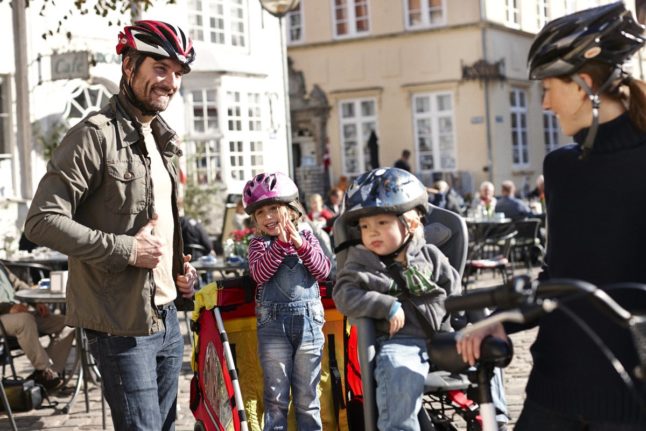Three new weekly flights will connect Aalborg with Newark Liberty International Airport, SAS said in a press statement.
The Aalborg-New York flight will depart on Mondays, Thursdays and Saturdays and return on Wednesdays, Fridays and Sundays. It will operate for the first time on April 27th next year.
The flights will operate throughout the summer 2023 season and will return for the summer 2024 programme, the airline said.
A similar service will also be offered between Swedish city Gothenburg and New York.
SAS will use its new Airbus A321 Long Range aircraft for the routes, it said in the statement.
“As part of SAS’ strategy to strengthen the regional offering in Scandinavia, we are pleased to add intercontinental routes from Gothenburg and Aalborg. We see a demand from secondary cities and are delighted to connect even more parts of the world,” SAS EVP and CCO for network and revenue management Erik Westman said.
“Having a comfortable way of traveling with fewer stops to exciting cities such as New York, is something we believe will be highly valued by our travellers,” he said.
SAS also offers a direct flight to New York from Copenhagen. The airline will offer a total of five daily departures from Scandinavia to New York once the new routes are operational.
SAS recently increased its departures to Chinese city Shanghai.
The airline reported heavy losses in November but also said it saw the “highest number” of passengers since the beginning of the Covid pandemic.



 Please whitelist us to continue reading.
Please whitelist us to continue reading.
Member comments